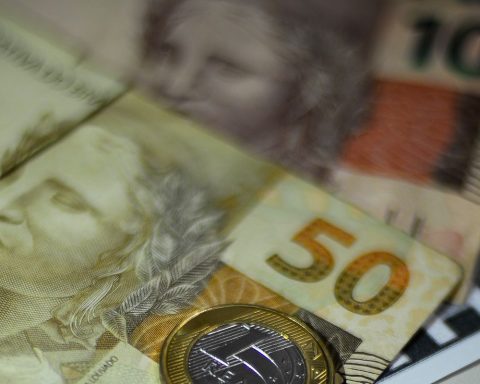The characteristic crossroads of the ‘bimonetary‘, produced by the insufficiency in the generation of foreign currency and the use of the dollar for productive needs and to satisfy the savings demand of Argentines, imply “an additional and highly costly need for the growth of Argentine production”, described a recent report released by the Latin American Strategic Center for Geopolitics (Celag).
Made by economists Alfredo Serrano MancilOh William Oglietti together with the doctor in Social Sciences Mariana Dondothe report stated that “in Argentina a national currency and another international currency coexist with a very strong presence in multiple dimensions”.
For all three analysts, the coexistence of the peso and the dollar “makes it impossible to rigorously address the problems of the economy Argentina, such as inflation, exchange rate, shortage of foreign currency, interest rate, internal and external debt, unbalanced productive structure, without understanding that the country has been experiencing a structural phenomenon such as bi-monetaryism for a long time”.
“If everything is channeled in that currency, the dollars do not return to the productive circuit and that is where we have growth and inflation problems.”William Oglietti
Oglietti, one of the authors of the work, explained that bimonetaryism is characterized by “two phenomena” that occur in parallel, on the one hand “the inability to generate enough surplus currency” and on the other the use of these currencies for two issues that overlap, “such as importing food, inputs or capital goods” and at the same time “satisfying the demand for savings that Argentines want”.
This last point, added Oglietti, “is an additional and highly costly need for a country because if you take such a volume of money from an economy every year, you will generate leaks into the economic circuit that seriously affect Argentine growth and, in particular, growth of production,” he warned.
On the other hand, the economist warned that the crossroads is aggravated by some habitual practices and behaviors of economic actors in Argentina, such as “the flight of foreign currency from large companies and tax evasion”which also affect the problem.
And in that sense, he deepened: “If everything is channeled in that currency, the dollars do not return to the productive circuit and that is where we have growth and inflation problems.”
?? • In this document we present some irrefutable data that show that in Argentina a national currency and another international currency coexist with a very strong presence in multiple dimensionshttps://t.co/q2A2f5t5yj
— CELAG (@CELAGeopolitica) July 10, 2022
SA
When dealing with actions such as the remittance of profits by large companies or the payment of debt by transnational companies to their subsidiaries abroad, the Celag researcher warned that “the country’s export efforts” are “persistently neutralized by the deficit generated by the balance of investment income”, due to “the outflow of dollars to remunerate foreign capital invested in the country”.
“The current harvest of the privatizations and foreignization of the productive structure planted in the past is that between 13% and 30% of annual exports must be used to pay the deficit in the balance of investment income,” he remarked in a phrase that alluded to the process of selling public assets started in the ’90s.
All this, he insisted, contributes to the “shortage of dollars” which in turn translates into inflation, because “there is less growth and, therefore, less supply”.
Furthermore, he stated that “currency flight is caused largely by tax evasionia, by which the State loses the ability to destroy money with the collection of taxes, which is where the currency gains value”, money that “goes to the demand for dollars and causes the peso to depreciate against the dollar”.
“There are other reasons that explain inflation, but this is one of the central ones and it is necessary to contain it,” he recommended.
In the Celag report, when describing the current status of ‘dual monetarism’, they focused on “the stock of savings of Argentines outside the local system”, which they baptized “ColchonBank” and which in 2022 adds up to “258,077 million dollars”, they specified, “which is equivalent to more than 5,000 dollars per inhabitant, more than half of the GDP and the investment of the entire economy for 2 and a half years.”
This diagnosis is completed with the existence of the so-called ‘positioning of assets abroad’, since Argentina, they highlighted, is the only Latin American country that is a net creditor of the rest of the world and one of the three non-oil developing countries that has more foreign assets than foreign debts.
“In 2020, the assets of Argentines abroad exceeded debts abroad by about 120 billion dollars,” they detailed in the work.
Finally, in the study they recalled that in 2006 “the United States Federal Reserve estimated that Argentina led the world ranking of dollar holdings in paper bills per inhabitant.”


















